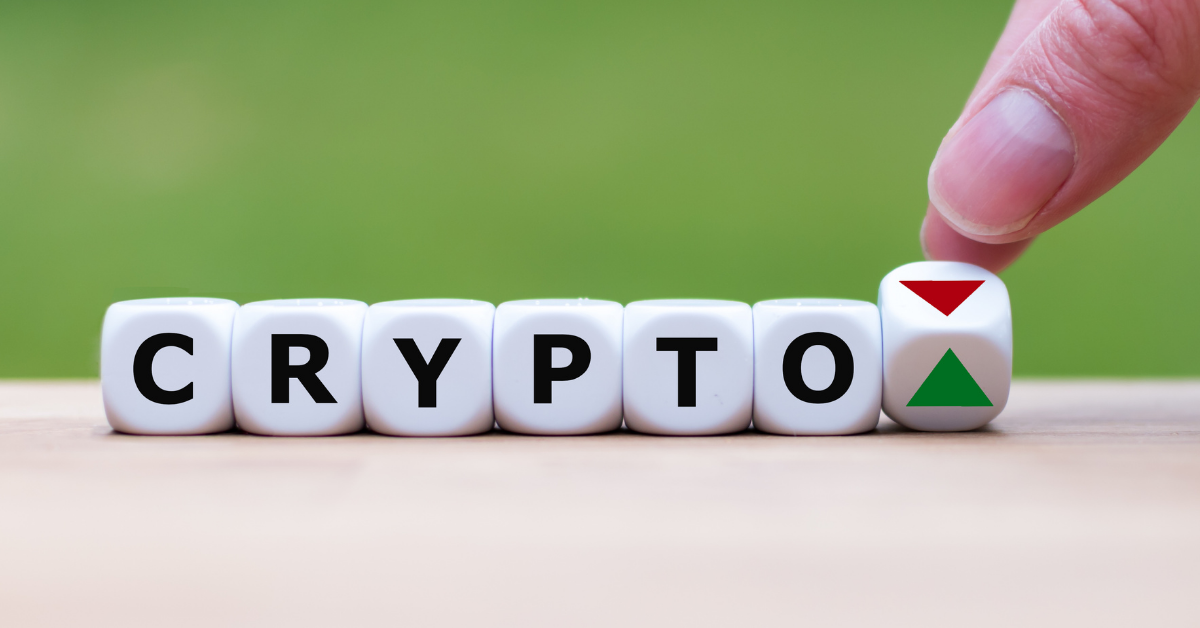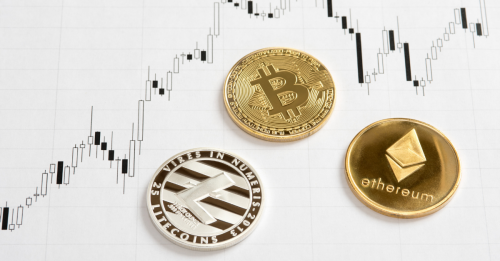Getting to Know Altcoins
While Bitcoin might be the most valuable and popular cryptocurrency in existence, with a market cap of roughly $1 trillion dollars, there are an immense number of other coins out there in circulation. These coins are what are known as altcoins, or alternative coins. In this article, let us dive deeper into the world of altcoins, and why you should take notice of them.
What Are Altcoins and What Makes Them Different?
By definition, an altcoin is simply any cryptocurrency apart from Bitcoin. Technically speaking, there are many similarities between Bitcoin and altcoins, including codes, functions and use cases. The differentiating factors are in many ways what makes each altcoin unique. For example, some altcoins differentiate themselves from Bitcoin by deriving, or “pegging”, their value to an asset, such as fiat currencies, making them more stable. These coins are called stablecoins, such as USD Coin (USDC), for example.
Other altcoins differentiate themselves by focusing on their utility, such as Litecoin. Litecoin was created to be a “lite version of Bitcoin”, according to its creator, Charlie Lee. Litecoin has built upon the Bitcoin protocol, but has differentiated itself to focus on fast transactions with extremely cheap fees. Another great example of an altcoin focused on utility is Ethereum (ETH). Ethereum is a technology that has a massive range of use cases as a tool in application development. In fact, many altcoins are created using the Ethereum network as its primary blockchain.

Similar to XRP, ETH and USDC, each altcoin builds upon the foundation of Bitcoin, with additions or features that set them apart. The creators and development teams of each altcoin build upon the foundation of Bitcoin, while adding or removing features as they see fit, in order to create new use cases or overcome perceived drawbacks. Bitcoin is used as the industry benchmark due to it being the first cryptocurrency as well as the dominating asset in the market.
How Many Types of Altcoins are There?
As of November 2021, there are over 14,000 cryptocurrencies. In November 2021, altcoins accounted for nearly 60% of the total cryptocurrency market. These thousands of altcoins can be further categorized into different segments, such as stablecoins, memecoins, security tokens and utility tokens. It is also possible for an altcoin to fall into more than one of these categories, depending on its characteristics.
As the world of altcoins is huge, with over 14,000 cryptocurrencies, finding great ones to invest in could be a little overwhelming. Worry not, the next part of our article will focus on how you can diversify your crypto portfolio with altcoins! With the right tools and knowledge, you will be able to navigate the altcoin landscape like a true crypto pro.

Investing in Altcoins
Before investing in any altcoin, it is good to understand the nuances of investing in altcoins in general. On one hand, altcoins have a massive range of use cases in a variety of industries. Investors can pick and choose from these coins based on their perceived potential and goals. However, the sheer volume of these altcoins means that many will fall short of their goals, and therefore causing investors losses.
Another risk that every altcoin investor must understand is the dependence of altcoins on Bitcoin. If you have been following the cryptocurrency industry for some time, you might have noticed that when Bitcoin’s price dips, altcoin prices usually follow suit. You would have also noticed the opposite happen. The reason for this is that Bitcoin acts as the gold standard and flag bearer of the crypto industry. When Bitcoin prices dip, this signals a bearish move for most investors not only towards Bitcoin, but towards cryptocurrency as a whole. Inevitably, this results in investors pulling out their funds, usually resulting in dips for altcoins as well.
Another key reason for the reliance of altcoins on Bitcoins is that altcoin prices have historically been measured against Bitcoin. Bitcoin, with its over trillion dollar market cap, has captured more than 40% of the entire cryptocurrency industry. This results in Bitcoin having a massive influence on the market as well as on public perception. As Wyre CEO Michael Dunworth put it so eloquently in an article on Wyre Talks, the relationship between Bitcoin and altcoins can be imagined as a bottleneck caused by a major airport being the gateway to remote places in the globe. If the airport faces difficulties, it can have a ripple effect.
Choosing the Right Altcoin to Invest In
With all these factors contributing to the rise and fall of altcoins, you might start to wonder “How does one even invest in altcoins in the first place, much less choose the right altcoin to invest in?”. Well, one good way to think of altcoins is by comparing them to start-up companies. Just as the risk is exceedingly greater with investing in fledgling businesses, the reward could also be exponentially greater.
Similar to investing in companies, a great way to gauge the potential of an altcoin is by looking at the founding team, the use cases and the purpose behind the creation of the altcoin. If the team is made up of reputable members, the use case of the coin seems to have potential, and the purpose is something you believe in, then the decision to invest could be a sound one.
Basically, with altcoins, it is all about finding the balance between perceived and inherent value. Let’s take an example here, XRP. XRP, created by Ripple Labs, uses a distributed Ledger database called XRP Ledger and a digital payment platform called RippleNet to create an amazingly fast, inexpensive and highly scalable way to transfer digital assets.
If we take a look at XRP, it certainly works. You can transfer assets over the XRP network extremely quickly and with low fees. In fact, you can try sending some XRP to your friend via your Luno App right now, all you need is some XRP, your friend’s XRP wallet address and XRP tag! You could also do a quick study into the history of XRP, the company behind its development and the technology that drives it.
While that does not mean we recommend buying XRP immediately regardless of the price, the framework that we described for studying an altcoin can in fact be applied across the board to any altcoin you find. Just think of altcoins as companies, and you’ll find the path to all the right info you need to make the best decision.
Now that you’re ready to dive head-first into the universe of altcoins, consider checking out the altcoins available for purchase via Luno! All the altcoins listed, namely, Ethereum (ETH), Ripple (XRP), Litecoin (LTC) and Bitcoin Cash (BCH) have been approved by the Malaysian Securities Commission (SC). All you need is a Luno account and some MYR, and you can get investing right away!
RM12.50 / month
- Unlimited access to award-winning journalism
- Comment and share your opinions on all our articles
- Gift interesting stories to your friends
- Tax deductable
